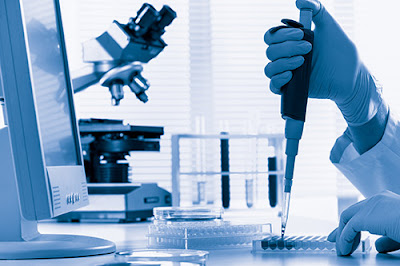The White House Proposes Increased Funding For a National Precision Medicine Initiative
In his 2015 State of the Union address, President Obama stated his intention to fund a national Precision Medicine Initiative (PMI), defined by the NIH as an emerging approach for disease prevention and treatment that takes into account individual variations in genes, environment, and lifestyle.
The White House said that it will ask Congress for $215 million to fund the assembly of databases. Through the data, from over one million patients, scientists and researchers will be able to individualize care and generate the requisite scientific evidence to move the concept of precision medicine into clinical practice.
The initiative, in the near-term, focuses on cancer, with other disease areas included over the longer term. Of the $215 million, the White House proposed $70 million in increased funding for the NCI to advance the field of precision oncology.
Basically the initiative funds efforts to integrate and apply the explosion of molecular data on humans, particularly data associated with individual patients, and taps into opportunities to use it to improve health outcomes. The “time is right” for the initiative, NIH says, because of the sequencing of the human genome, improved technologies for biomedical analysis, and new tools for using large datasets.
 |
MATCH clinical trials analyze tumors for abnormalities using a targeted sequencing
assay that includes 143 genes selected using the Oncomine Knowledgebase.
|





